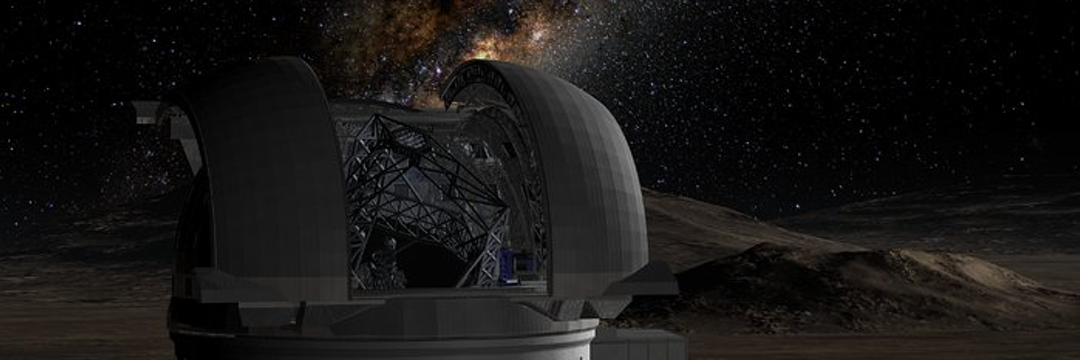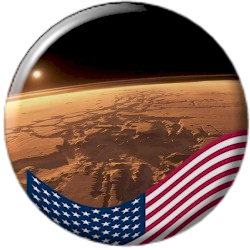
doi.org/10.1021/acsomega.4c07459
Credibility: 989
#Goose poop
Bringing bird poop to school may seem strange, but a student in Chicago surprised everyone by finding something in the material that could help fight cancer!
It all started when students from a school participated in a science project in partnership with researchers from the University of Illinois
During the program, the young people were encouraged to explore their neighborhoods in search of natural substances that could be used as medicine.
The Big Discovery
One of the students decided to bring goose feces to the science club.
With the help of the researchers, he isolated a bacteria present in the poop that had incredible properties: it could produce a substance that fought other microorganisms and even cancer cells.
The bacteria found was identified as *Pseudomonas idahonensis*.
In the laboratory, scientists discovered that it was able to prevent the growth of more than 90% of a bacteria that causes skin infections.
Furthermore, this same bacteria produced a new substance, called orfamide N, which had never been seen before by science.
When tested in the laboratory, orfamide N was shown to be able to slow the growth of melanoma cells (a type of skin cancer) and ovarian cancer.
Science at School
The program lasted 14 weeks and was created to teach students to work like real scientists.
They learned to collect samples of microorganisms, grow them in the laboratory and analyze which ones could be useful.
Although it may seem simple, handling bird poop requires great care, because it can contain dangerous germs.
But in this case, the effort was rewarded: the student who made the discovery was even included as a co-author in a scientific article published on the subject!
Why Is This Important”
Today, the world faces a serious problem: many bacteria are becoming resistant to the antibiotics we use.
Therefore, scientists need to find new medicines, and nature is a great source of inspiration.
Between the 1950s and 1960s, many antibiotics were discovered from natural substances, but this pace slowed considerably in the following decades.
Programs like the one in Chicago are a creative way to involve young people in the challenge of discovering new medicines and, who knows, solving serious health problems in the future.
Even though not all the samples analyzed in the project yielded results, this experience showed that young students can really contribute to science.
After all, the search for new medicines is a time-consuming task, but it is well worth it to save lives!
Published in 12/08/2024 20h48
Text adapted by AI (ChatGPT/Grok) and translated via Google API in the English version. Images from public image libraries or credits in the caption. Information about DOI, author and institution can be found in the body of the article.
Reference article:
Original study:
| Geoprocessing Drone Systems HPC |

| ERP and CRM Systems Mobile Systems AI |


